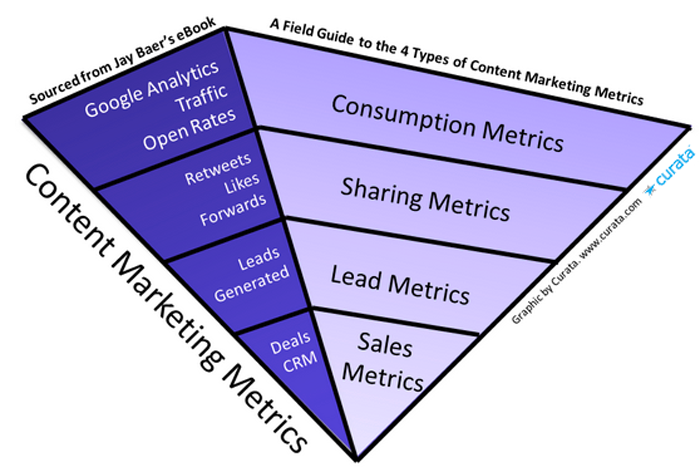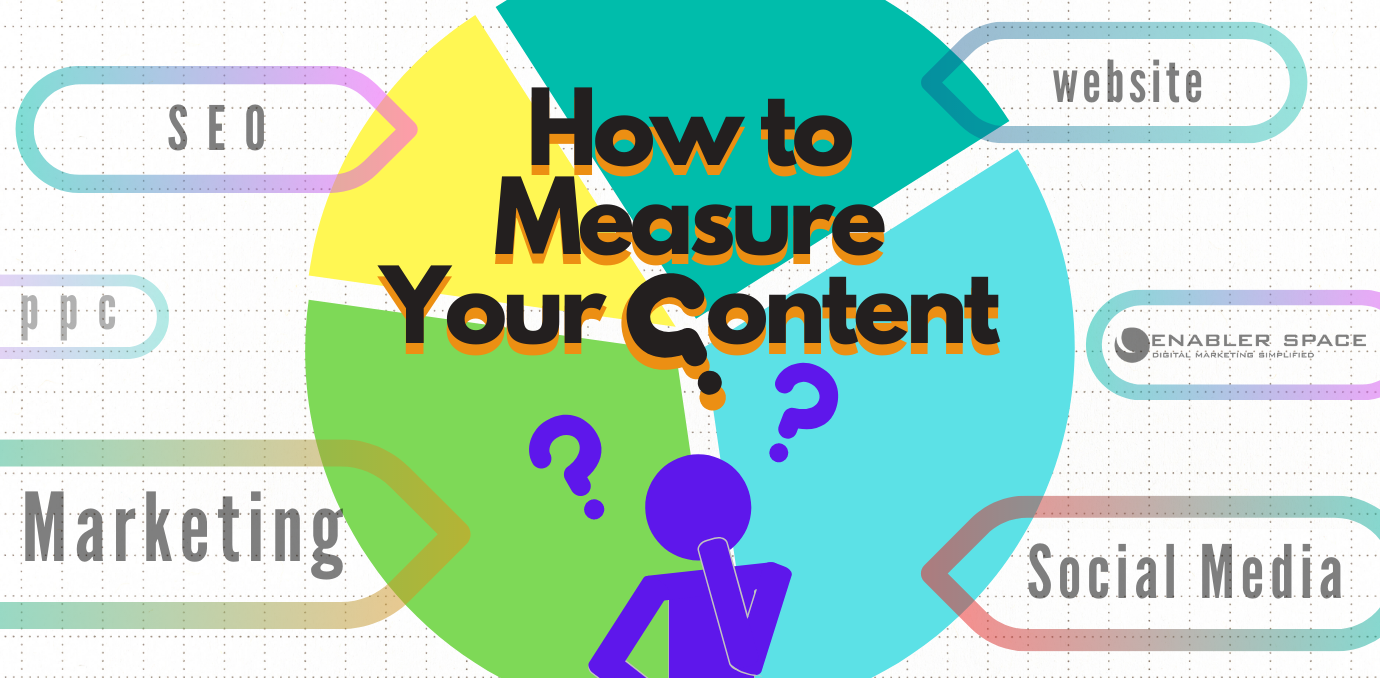We know that content is king, now more than ever. When the world has completely shifted to the digital, how do you know you’re getting the most out of your content?
Why Content Marketing ROI?
Content Marketing ROI (Return on Investment) is one of the best methods of brand promotion and lead generation. Measuring what you get back from the content you put out there is vital to any business in the digital age. In many, if not most, companies nowadays about a third of their marketing budget is spent on their content. Many big companies or brands invest even more than that even! And, it’s only going to go up. You can see the trend has shifted to those with a better online presence having a higher chance of gaining customers and retaining them.

I’m not telling you to increase your marketing expenditure. What I’m saying is that you should know what you’re getting out of one of your main forms of marketing. You’ll want to have the information that you’ll need to continue to improve your content marketing strategy to stay ahead of the game.
Measuring Your Investment
First of all, you’ll need content! You can do that in many ways. You can have in-house copy-writers or someone else on your team create the content you need. Or, you can outsource it to freelancers, or even an agency. With an agency, or digital marketing company, they’ll look after everything for you. It’ll be easier to calculate when it comes to where your money is being spent. They’ll be able to tell you where your money is being used for writing, SEOs, ads, and so much more. It might just be easier than doing it on your own.

Calculating Your Return
There are so many metrics you can use when it comes to measuring your content marketing ROI. Here are a few of the major ones:
Consumption Metrics
- Page Views – this helps you know which of the many pieces of content you’ve created seems to attract the most interest. That’ll let you know the type of content you might want to focus on.
- Unique Visitors – you’re going to want to know the size of your audience as well as how many of them are repeat visitors and how many are new ones.
- Average Time on Page – similar to page views, but this will tell you how much time they spent on each page, letting you know if you have anything you need to work or focus on.
Retention Metrics
- Return Rate – This allows you to see how many new vs return visitors you have. If you only have new visitors and no return ones, you’ll need to figure out how to change that.
- Pages Per Visit – Each time someone is led to your page, do they stay? Do they browse? This metric lets you know whether your overall content is engaging or valuable.
- Subscribers – are people signing up to read your blogs? Are they interested in receiving your Newsletters?
Social Metrics
- Followers – Social Media is more important than it ever was before. This metric allows you to track your social media audience and see how much reach you’re getting.
- Shares, Likes, and Comments – Yes, those addictive little likes are vital to seeing how your content is doing on social media. There are many ways you can track this as well. Do people find your content interesting, valuable, or authoritative enough to share it? And as for comments? They’ll show you how engaging your content is.

Creation and Cost Metrics
- Time and Money – track the amount of time spent to create your content. Does it take an hour, two, or 5 to create a great blog? How much does it cost for one piece? Both are important metrics. One informs your efficiency and where to go with that, and the other tells you whether you want to have someone creating content in-house or outsource to freelancers and agencies.
- Performance Over Time – is your blog still getting the same amount of likes and shares after a month as it did in the first week it was shared? Is it something for the long-term, or was it something you had created for an event or a specific purpose at the time?
- Distribution Costs – it’s not enough to just put it up on your website, you need to ensure that your content spreads and grabs attention. By tracking this you’ll know how much money goes into promoting it on social media and other sources.
Sales Metrics
- Leads Generated – this is where you’ll need tools to help you out. You can use your CRM and marketing automation tool to tell you how many new leads you gain from a certain piece of content, how they then interacted with your brand, and on which particular platforms.
- Revenue Influenced – there are so many ways you can work with and interact with leads but what it comes down to is seeing how much of your revenue comes from buyers that came in touch with your through your content, or interacted with your content somewhere along the line.

Determine Your Content Marketing ROI
It’s time for everyone’s favorite subject, maths. As with any ROI calculation, once you’re done calculating it, if your ratio is greater than 1 then it’s doing alright. You can do this for each of the metrics we mentioned above, and for the many others out there that we didn’t. And, if you need help well, we’re just a message, email, or phone call away. You can contact us via our website and Facebook.

